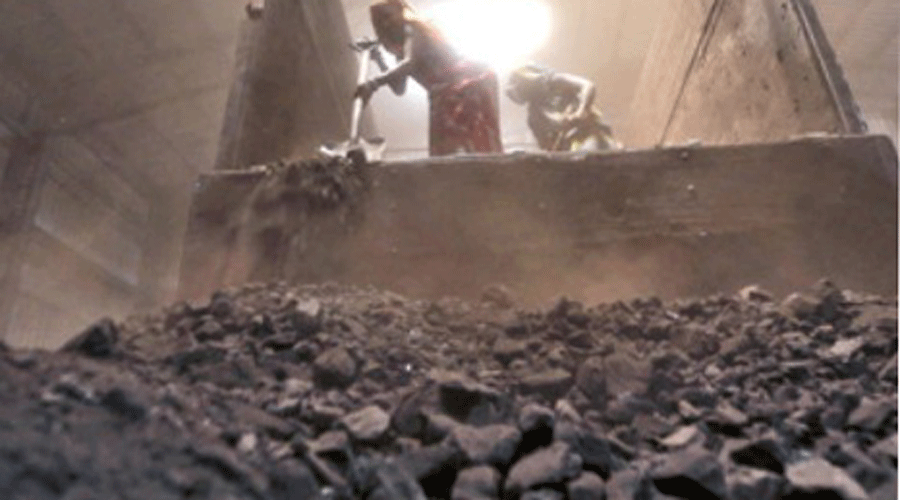The government plans to divest about 3 per cent of its stake in Coal India Limited (CIL) in the current fiscal through the offer-for-sale (OFS) mechanism, which could fetch about Rs 5,000 crore to the exchequer.
Besides CIL, the government is planning stake sales in Hindustan Zinc, NTPC and RITES that are expected to fetch Rs 18,000 crore to Rs 20,000 crore, sources said.
They said the number of shares for sale and the time to offload the shares will depend on the market conditions.
The Coal India IPO was the biggest till the Paytm and LIC offers. Coal India in 2010 raised Rs 15,200 crore through the sale of 10 per cent shares in the company at Rs 245 apiece. The stock is now languishing below its IPO price, quoting Rs 231.25 on Friday on the BSE.
The PSU made another offer for sale in January 2015 offloading another 10 per cent that fetched Rs 23,000 crore. In 2018, the government sold another 3.18 per cent, which fetched Rs 5,300 crore to the exchequer.
The government now has a 66.13 per cent stake in the PSU, with the public holding a 33.17 per cent stake.
With the growing clamour for clean energy, some analysts expressed doubt whether CIL would be attractive to investors in the longer run, given the country’s commitment to reduce fossil fuel emissions.
At the COP26 summit in Glasgow last year, Prime Minister Narendra Modi pledged to cut India’s projected carbon emission by 1 billion tonnes by 2030.
However, coal-fuelled projects at 202.22 gigawatts (GW) remain the mainstay of India’s power generation and account for more than half of India’s generation capacity. India has the world’s fourth-largest reserves and i the second-largest producer of coal.
Finance minister Nirmala Sitharaman earlier this month said like many other nations, India will also have to rely more on coal shortly due to global uncertainties and supply chain disruptions.
LIC plans
LIC hopes to book a profit of around Rs 40,000 crore from selling stocks in 2022-23, the state-run firm’s chairman told Reuters, mirroring the profit made last year as market conditions remain volatile.
“We are hoping that profits from equity portfolio would be same as last year, depending on market conditions,” LIC chairman Mangalam Ramasubramanian Kumar said.
“While we are long-term investors and contrarian in nature, we are not averse to booking profits,” Kumar said.
LIC is aiming to increase its share of the premium or participating policies to 15 per cent in two years from about 9 per cent at present.
“We are looking forward to increasing this to 25 per cent over a 4 to 5-year period,” he said.
Non-participating or “non-par” policies have fixed returns and do not require an insurer to share profits with policyholders.
LIC traditionally targets participating businesses as opposed to private competitors who have been undertaking more high-margin non-par businesses.
India’s largest insurer listed in May following a record $2.7 billion share sale, but the stock is now trading over 34 per cent lower than its issue price.
The LIC’s management is trying to revive value for shareholders, and recently transferred funds from its non-par fund to its shareholder’s fund.
“The change in product mix indicates our efforts in maintaining our market leadership position. We hope that sooner or later the markets will value our efforts that are making visible results,” Kumar said.
The insurer is banking on its strong agent network to sell both participating and non-participating policies, Kumar said and is looking to hire more agents.
With inputs from Reuters











